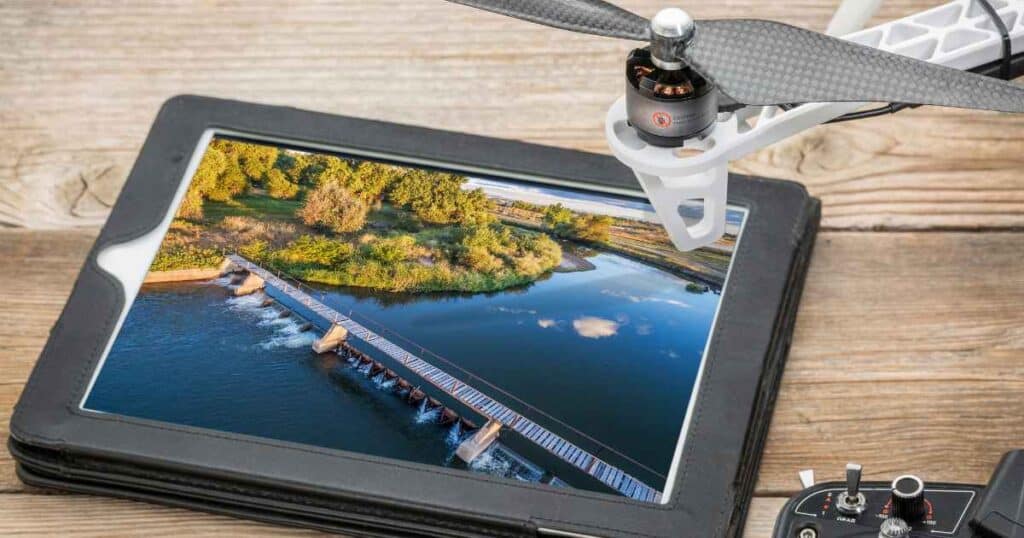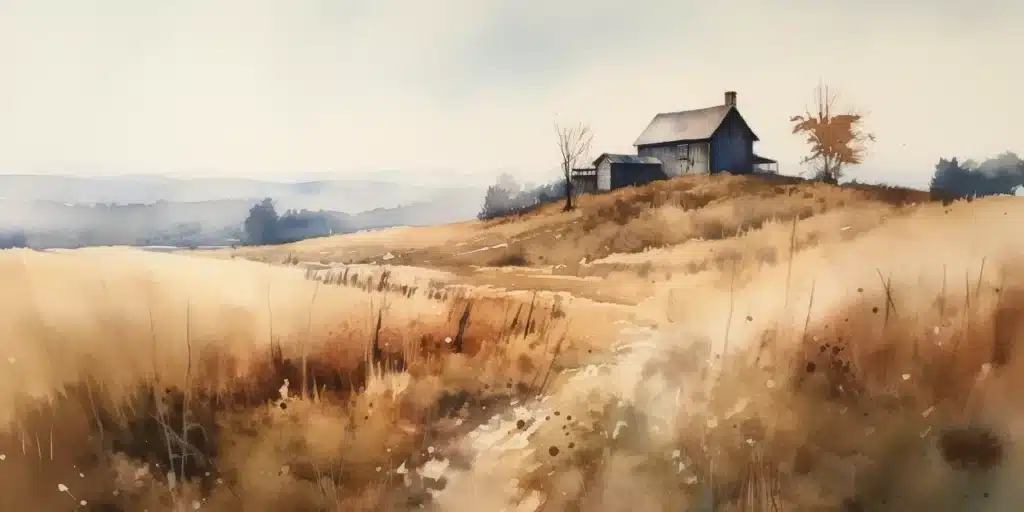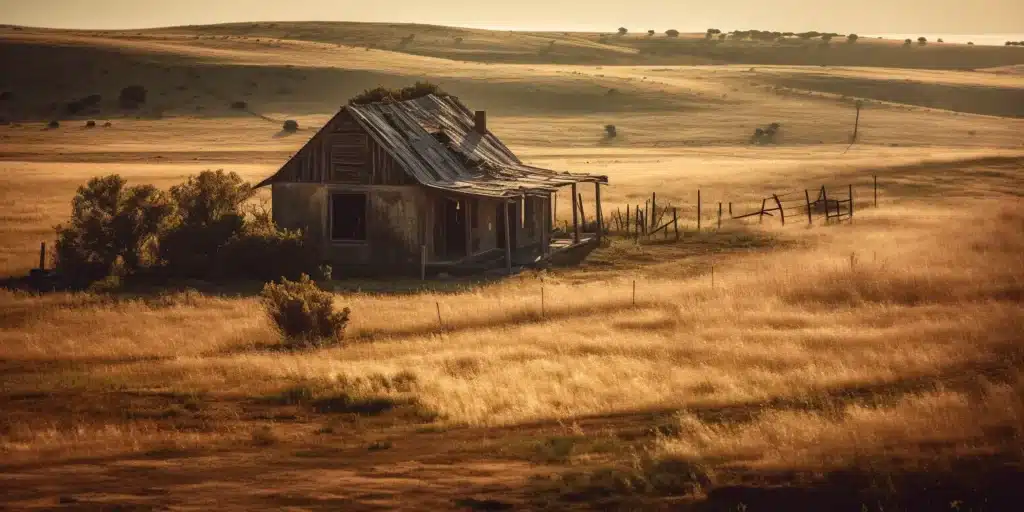Aerial photography has revolutionized the way we capture and share images of landscapes and architecture. With the advent of drone technology, photographers can now take stunning shots from unique perspectives that were once unattainable. In this article, we will explore various aerial photography tips and tricks to help you elevate your drone photography skills, covering everything from choosing the right drone to mastering composition and post-processing techniques.
Choosing the Right Drone for Aerial Photography
Camera Quality
When selecting a drone for aerial photography, one of the most important factors to consider is the camera quality. Look for a drone that is equipped with a high-resolution camera, capable of capturing images in RAW format for greater flexibility in post-processing. Additionally, a camera with a larger sensor size will perform better in low-light situations and offer better dynamic range, which is essential for capturing detail in both shadows and highlights.
Stability and Control
A stable drone with precise controls is crucial for capturing sharp images. Choose a drone with a reliable GPS system, a gimbal that provides smooth stabilization, and a reliable transmission system to maintain control over long distances. Drones with obstacle avoidance sensors can also help ensure safe operation while you focus on framing the perfect shot.
Flight Time
Longer flight times allow for more opportunities to capture the perfect shot. Look for a drone with a flight time of at least 20-30 minutes per battery, and consider investing in additional batteries to extend your time in the air.
Aerial Photography Tips and Tricks
Mastering the Art of Composition
Rule of Thirds
The Rule of Thirds is a fundamental principle in photography that helps to create balanced and visually appealing images. To apply this rule, imagine dividing your frame into a 3×3 grid and position the main subjects of your image along the gridlines or at the intersections.
Leading Lines
Leading lines are a powerful compositional tool that can help guide the viewer’s eye through your image. Look for natural or man-made lines in your environment, such as roads, rivers, or building edges, and use them to direct attention towards your subject.
Patterns and Textures
Aerial photography offers a unique opportunity to capture patterns and textures that may not be visible from the ground. Look for interesting shapes, repetitions, or contrasts in the landscape, and use them to create visually striking images.
Proper Camera Settings
ISO
The best ISO for aerial photography will depend on the lighting conditions. In bright sunlight, you can generally use a lower ISO, such as 100 or 200, to minimize noise and maintain image quality. In low-light situations or when you need a faster shutter speed, you may need to increase the ISO to compensate. However, be aware that higher ISO values can introduce noise into your image.
Shutter Speed
Fast shutter speeds are essential for aerial photography to minimize motion blur caused by the drone’s movement. Aim for a shutter speed of at least 1/500th of a second or faster, depending on the speed of your drone and the lighting conditions.
Aperture
The optimal aperture for aerial photography will depend on your desired depth of field and the amount of light available. In general, a smaller aperture (higher f-number) will provide a larger depth of field, keeping more of your scene in focus. However, you may need to adjust your aperture based on the lighting conditions and your desired shutter speed and ISO settings.
Utilizing Different Perspectives and Angles
One of the key advantages of aerial photography is the ability to capture unique perspectives and angles. Experiment with different heights, distances, and angles to find the most compelling compositions for your images. Try shooting directly overhead for a bird’s-eye view or tilt your camera at an angle for a more dynamic perspective. Don’t be afraid to explore different viewpoints to create visually engaging photographs.
Post-Processing Techniques for Aerial Photography
Image Stitching for Panoramas
Creating panoramic images is an excellent way to showcase vast landscapes or cityscapes from an aerial perspective. To create a panorama, capture a series of overlapping images and use image stitching software, such as Adobe Lightroom or PTGui, to combine them into a seamless, high-resolution image.
HDR Photography
High Dynamic Range (HDR) photography is a technique that involves capturing multiple images at different exposure levels and merging them to create a single image with a greater dynamic range than a single exposure can achieve. This is particularly useful for aerial photography when dealing with challenging lighting situations, such as high contrast scenes or when shooting directly into the sun.
Color Correction and Grading
Post-processing your aerial images allows you to fine-tune the colors, contrast, and overall look of your photographs. Use editing software like Adobe Lightroom or Photoshop to adjust the white balance, exposure, and saturation to achieve your desired aesthetic. Color grading can also help to create a consistent visual style across your portfolio.
Safety and Legal Considerations
FAA Regulations
In many countries, including the United States, drone operators are required to follow specific regulations to ensure the safe and responsible use of drones for aerial photography. Familiarize yourself with the FAA’s Part 107 regulations (or the relevant regulations in your country) and obtain any necessary certifications or permits before operating a drone for aerial photography.
Privacy and Permissions
Respect the privacy of others when conducting aerial photography. Avoid capturing images of private property without permission and be mindful of local laws regarding drone usage and privacy. It’s always best to err on the side of caution and seek permission when in doubt.
Drone Insurance
Investing in drone insurance can help protect you and your equipment in the event of accidents or damage. Some policies even cover liability for third-party injuries or property damage caused by your drone. Research your options and choose an insurance plan that best fits your needs and risk exposure.
By following these tips and tricks, you’ll be well-equipped to capture stunning aerial photographs that showcase landscapes and architecture from a whole new perspective. Keep experimenting, learning, and honing your skills to elevate your aerial photography to new heights.
Improving Your Aerial Photography Skills
To improve your aerial photography skills, follow these tips:
Practice and Experiment: As with any form of photography, practice is key. The more you shoot, the better you will become at understanding the nuances of aerial photography. Experiment with different settings, angles, and compositions to find your unique style.
Learn from Others: Study the work of professional aerial photographers and learn from their techniques. Join online forums, social media groups, or local meetups to connect with other drone photographers and exchange ideas and feedback.
Invest in Your Gear: While skill and creativity are essential, having the right gear can make a significant difference in your aerial photography. Consider upgrading your drone or camera, investing in additional lenses, or purchasing accessories like ND filters to enhance your image quality.
Stay Updated on Technology: Drone technology is constantly evolving. Stay informed about new developments and consider upgrading your equipment as needed to take advantage of the latest advancements.
Master Post-Processing: Becoming proficient in post-processing techniques can help you elevate your images to the next level. Learn how to use editing software like Adobe Lightroom or Photoshop to enhance your photos and create a consistent visual style.
Best Camera Settings for Aerial Photography
While the optimal camera settings will vary depending on the specific conditions and your creative goals, here are some general guidelines for aerial photography:
- ISO: Keep your ISO as low as possible (usually around 100-200) to minimize noise and maximize image quality. Increase the ISO only when necessary to maintain a fast shutter speed or in low-light situations.
- Shutter Speed: Use a fast shutter speed (at least 1/500th of a second or faster) to minimize motion blur caused by the drone’s movement.
- Aperture: Choose an aperture that provides the desired depth of field and works well with your chosen shutter speed and ISO settings. In general, a smaller aperture (higher f-number) will yield a greater depth of field.
Best ISO for Aerial Photography
The best ISO for aerial photography depends on the lighting conditions. In bright sunlight, a lower ISO (100-200) is ideal for minimizing noise and maintaining image quality. In low-light situations or when you need a faster shutter speed, you may need to increase the ISO. However, be cautious not to raise the ISO too high, as this can introduce noise into your image.
Best Time to Take Aerial Photos
The best time to take aerial photos is during the golden hour or blue hour:
- Golden Hour: The golden hour occurs shortly after sunrise and before sunset when the sun is low in the sky, casting warm, soft light that enhances the colors and textures of your scene. This is the ideal time for capturing landscapes and architecture, as the long shadows and directional light can create depth and dimension in your images.
- Blue Hour: The blue hour takes place just before sunrise and after sunset when the sky is filled with deep blue hues. This is a great time to photograph cityscapes or architecture, as the contrast between the blue sky and the warm artificial lights can produce visually striking images.
In conclusion, mastering the art of aerial photography with drones requires a combination of technical knowledge, artistic vision, and adherence to safety and legal considerations. By following the tips and tricks outlined in this article, you’ll be well on your way to capturing breathtaking images of landscapes and architecture from above. If you’re interested in learning more about building and growing your drone business, we highly recommend visiting Soaring High: A Comprehensive Guide to Building and Growing Your Drone Business. Should you require any drone services or have further questions, don’t hesitate to contact Blue Falcon Aerial for professional assistance.




